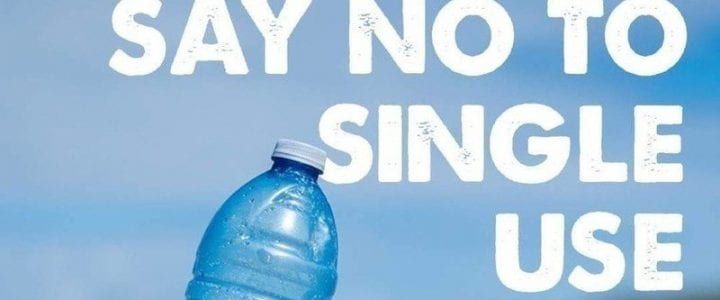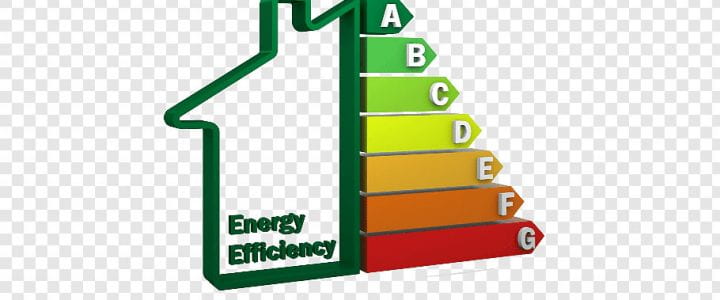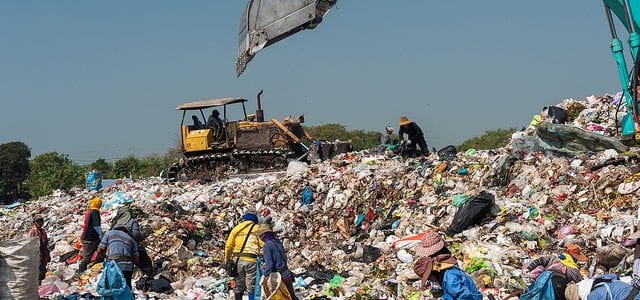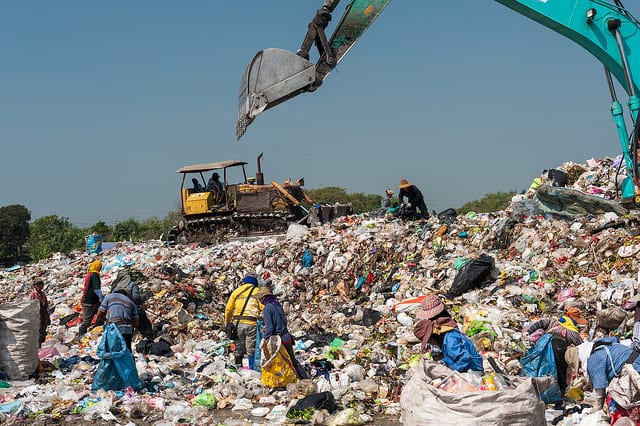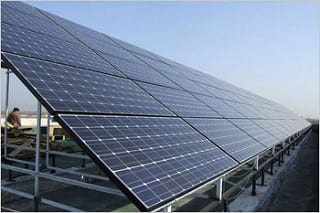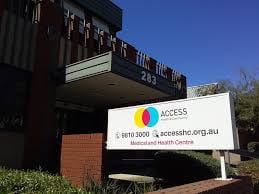What is a design studio?
The design studio is an intensive project based course worth 24 credit points (twice the usual allocation per course). Students work in small groups (max 14 students) with 1 or more studio leaders who are industry practitioners or have some kind of design practice. Each studio is focused around a core set of ideas or problems. These range from explorations in digital or computation design, cultural or poetic concerns, issues of urbanity, density or cities, small scale fabrication explorations, issues of the civic and urban narratives etc. In the master program at RMIT we run between 18-20 studios per semester. Each studio has a mixture of final year bachelor students + first year and second year masters students. Our studios are vertically integrated so that younger/less experience students learn from the older/more experienced ones (as well as the studio leader). At the start of semester students have the opportunity to ballot for the studio they’d like to take and all studios are open for balloting.
The studio runs for 14 weeks. Balloting is in week 0. We have a mid semester review around week 7 or 8. The last class is in week 12 and the final presentations/assessment is in week 14. Students submit a folio of their work in week 15 and in week 16 we pin-up and open an exhibition of all studios’ work along with the graduating thesis projects.
Each class students present ongoing work, either formally in pin-up crits or informally through workshops, desk crits and 1 on 1 sessions with their tutor.
Research Proposal: Future Surf Life Saving Facilities
The aim of this project is to develop design proposals speculating on the future of surf life saving in Victoria, and around Australia, and re-imagining what a surf life-saving facility might look like, how it might integrate into the urban and rural urban contexts in which they operate, how they might better operate within sensitive natural environments and what the impact of long term environmental, cultural, political and economic change might be on the institution and built form of surf life saving clubs might be.
In the initial phases of the semester students will engage in a process of research exploring:
– What is a surf life saving club and its purpose? How has this differed over time. What are the architectural and cultural origins of the contemporary surf life saving club, and how are they different in different parts of Australia. What are the equivalent architectural types in other countries? How is the culture of surf life saving linked to the questions of Australian identity.
– What are the cultural, technological, social, policy, economic and other trajectories of change that might influence the future of the surf life saving club as an architectural model.
– How does the surf life saving club future integrate issues of sustainability, and what will the impact of imminent environmental collapse on surf life saving.
Students will be allocated a rural and urban site around Victoria, and an example of SLSC in another part of Australia. They will be asked to document and analyse these precedents and prepare a dossier of information and ideas on the model. These observations will form the basis of a brief based that will serve as the basis for design testing through the semester.
Wonthaggi Surf Life Saving Club
After an initial period of briefing, the students will begin to consider these challenges at a specific site – the Wonthaggi Surf Life Saving club. Students will visit and document the site and be briefed on the specific challenges of the site by members of the club and Emergency Services Infrastructure Authority (ESIA) personnel. Students will use this location as a site for testing of design possibilities for Surf Life Saving Clubs for the remainder of the semester.
Research through Design
Students will design and test their brief on the Wonthaggi site through a mixture of precedent based explorations, design process and digital techniques, model making and other explorative processes.
Work will be presented in class weekly, and updates and adjustments to the brief made in conjunction with ongoing design and exploration.
At the mid semester review (Week 7 approx.) students will present their research, their brief and an initial conceptual design for hypothetical future Surf Life Saving club on the Wonthaggi site.
For the remainder of the semester students, students will develop and test their design further. From this initial conceptual proposal students will be asked to take into consideration the following:
- The relationship between the surf life saving club and the surrounding town. How does the SLSC enable other activities (community, commercial, governmental). What amenity does it offer to the city/town.
- The civic aspect of the design – what face does this design present to the public. How does this effect public engagement and tourism opportunities.
- Opportunities for innovative programming and multi-use engagement.
- New technologies and fabrication techniques that address issues of cost and deployment in challenging contexts.
- The impact of climate collapse on coastal environments and changes in the way people use the coast.
At the final presentation (Week 14) students will present printed panels (posters) showing drawings, computer renderings, diagrams, text and other graphic explanations. This may be supplemented by digital presentations, animations, physical models, VR or Augmented Reality presentations. It will be accompanied by verbal presentation.
The usual format for the final review is a 15-20 minute presentation to a panel including the studio leader and invited external guests from industry.
I’ve prepared a rough break down below of how a semester might play out. I see opportunities for ESIA and local stakeholders from Wonthaggi to be involved at 4 stages – the third week, through 2 interim presentations where government and community experts can provide feedback on the design, and a final presentation in week 13 where students will show the ESIA / Wonthaggi SLSC their designs.
We prefer to separate this final presentation from the examination of the work, as this is an expert academic assessment process and is better not to involve client groups.
| Week |
Class Activity |
Task |
| Week 1 |
Introductory presentation by ESIA. Students to visit urban SLSC. |
Conduct survey of historical architectural SLSC station precedents. Archival research on issues in SLS. |
| Week 2 |
Review Task 1. Students to visit rural SLSC. |
Explore examples of interstate and overseas life saving clubs and coastal building. Further Archival research on issues in SLS. Prepare working issues brief. |
| Week 3 |
Present Task 2. Visit to Wonthaggi site. Presentation by Wongthaggi SLSC stakeholders. |
Review WSLSC issues. Site analysis and observation. |
| Week 4 |
Present site analysis and research brief. |
Prepare preliminary design response. |
| Week 5 |
Present design options |
Respond to feedback and prepare mid semester design response. |
| Week 7 |
Mid semester presentation to RMIT & ESIA |
Respond to feedback and integrate complex technical requirements |
| Week 8 |
In progress presentation |
Develop project |
| Week 9 |
In progress presentation |
Develop project |
| Week 10 |
In progress presentation |
Develop project |
| Week 11 |
In progress presentation |
Develop project |
| Week 12 |
In progress presentation |
Prepare presentation |
| Week 13 |
Final project presentation to ESIA & WSLSC only |
Prepare presentation |
| Week 14 |
Final examination. |
Prepare presentation |
The expectation is that the outcomes that are produced are not simply problem solving or simply responding to a brief. We expect our students to be ambitious, future focused and prepared to take risks in order to contribute value through design to a project. At RMIT Architecture, we are training students to be speculative thinkers. This means using design to go beyond the brief and imagine future scenarios that might not yet be known. When we engage with real projects the projects will usually be more conservative, but we are keen to make sure students remain ambitious on provocative.
Proposed Budget
To deliver this project we are requesting a small budget in order to translate the outcomes of the studio into a format that is appropriate for broader dissemination, and in which the critical learnings are presented as transferrable and relevant to the research brief provided by ESIA.
As information on the full scope of the project has not been negotiated and established with ESIA, we suggest the following cost base and breakdown.
This budget is preliminary and subject to approval of RMIT Research & Innovation and finance departments.
| Activity |
Rate |
Cost |
| RMIT Staff regional travel allowance |
|
$1000 |
| Research Assistant to review, redraw and reformat design proposals for publication |
160 (4 weeks) hours @ $45.81 + 25% oncosts |
$9162 |
| Graphic Designer |
|
$1800 |
| Book printing costs |
ISBN registration $100
Book printing costs $4000 |
$4100 |
| Large format poster printing |
42 sheets @ $30 |
$1260 |
| Sub Total |
$17,322 |
| GST |
$1,732.20 |
| Total |
$19,054.20 |
